Temperatures can top 100 degrees in Australia in summer which can be incredibly uncomfortable and dangerous. According to statistics, two in every three Australians are diagnosed with skin cancer annually. When two thirds of the population are destined to get skin cancer, there’s unfortunately still quite an issue with sun protection and safety in this country. As adults, we can make our own choices in full knowledge of the consequences, but the next generation rely on us for protection. Our children need us to help them stay safe and cool in the sunshine.
One place everyone, regardless of their age, is much more at risk of sun danger, is on the beach. The breeze can disguise the heat from the sun, the water and sand can remove sun protection, heatstroke can be a problem and the water reflecting the light can cause sunburn to occur quickly. Children love to play on the beach and in the sea, but it can be dangerous and uncomfortable if you don’t take precautions.
Here are some top tips for keeping your children safe and comfortable on the beach:
Sunscreen
Sunscreen should be a top priority for your children. With babies their skin is extremely thin and vulnerable to burning. Studies show that the more incidents of sunburn occur in childhood, the more likely skin cancer will occur in adulthood. For the best possible skin protection using a sunscreen make sure you:
- Apply at least a factor 30 and sunblock in sensitive areas
- Apply sunscreen to your child around 30 minutes before you leave the house so the sunscreen has absorbed effectively
- Apply sunscreen again every couple of hours unless the product directs you to do it more often
- Apply immediately after prolonged time in water, or after splashing if product is not splash-proof
- Do a small patch test with the product before using it all over your child’s skin
- Use a product that is certified. You can check certification guidelines on the Australian TGA (Therapeutic Goods Association) website
Sunscreen is something that should be worn every day by the entire family, particularly if you’ll be leaving the house, or simply spending time in your yard.
Shade
Seeking shade is really important when it comes to staying safe and comfortable on the beach. Without shade, the beach can be a very harsh environment for a anyone. This is particularly true when heat waves occur, or during the middle of the day when temperatures are at their highest. Ideally you can find a tree or a shrub which provides shade and sit underneath it. Alternatively, consider taking a beach tent or even gazebos if your family is large. This will ensure you have shade whenever you need it, keeping everybody cool and safe when temperatures skyrocket.
Sun Protective Clothing
Covering your children’s skin with protective clothing is a really good idea as it ensures good protection during their time on the beach. Anything made from natural fibres like cotton or linen, or lightweight man made fibres like polyester will help. The best clothing you can choose however is UFP50 which contains special sun protection ensuring the rays don’t penetrate the clothing and get to the skin. Other great sun protective items of clothing are sun hats, which go a great way to keeping the head cool and protected from the sun.
Eye-Protection
The eyes can be damaged by the sun too, and so, if possible children should wear sunglasses when they are in the sunshine. This is particularly relevant near water where the sun’s rays reflect causing even more brightness. For babies and toddlers, there are wrap around sunglasses you can buy which are really useful. Just make sure whichever sunglasses you choose meet the Australian Product Safety standards.
Water
Hydration is such an important part of staying safe on the beach. Playing in salty water, sitting in the sun and running around playing sports and games can dehydrate a child quickly. Dehydration can cause uncomfortable initial symptoms like a headache or dizziness, and it can become dangerous if extreme dehydration occurs and cause symptoms like a fever and low blood pressure. Any drinks containing caffeine should be avoided. It can be hidden in soft drinks that can seem suitable for children so it is easy to accidentally offer it to your child. Stick to water as much as possible, encouraging your child to drink lots and lots of it to keep them hydrated and comfortable during their day at the beach.
Temperature
You may want to take a cooler box with you to the beach to ensure drinks and food are kept nice and cool. If your cooler box is high quality this also means you will have ice on offer to cool your child down if they become overheated.
Setting A Good Example
The best thing you can do for your children when it comes to sun protection on the beach and sun protection in general is to set an example. If they see you applying sunscreen, seeking shade and acting responsibly in the sun they will learn from you and take on those good habits themselves.
The post Top Tips To Keep Kids Safe And Comfortable On The Beach appeared first on YourAmazingPlaces.com.

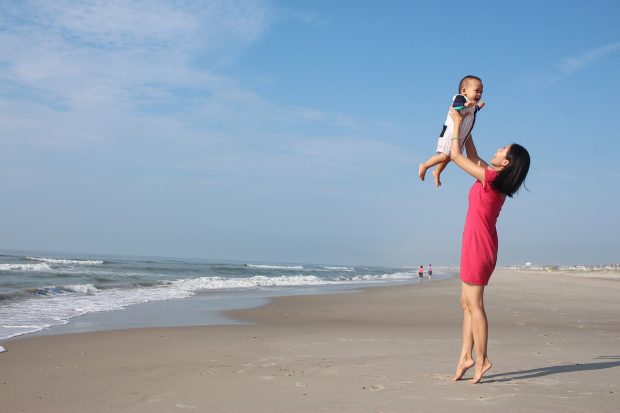

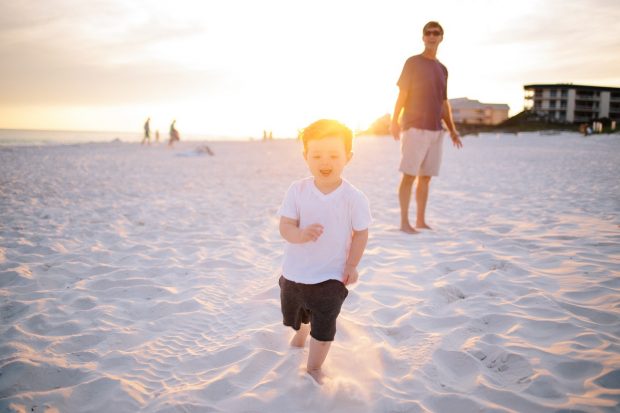
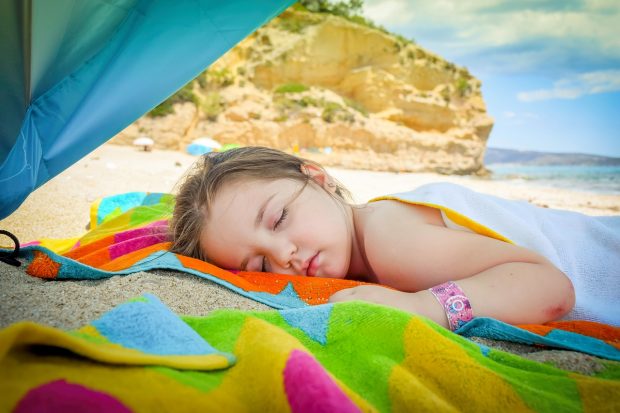
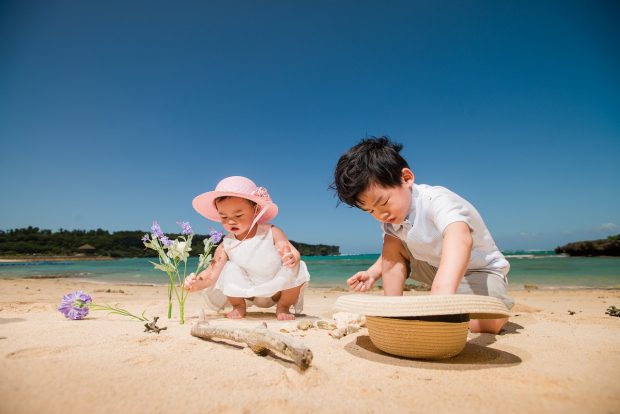
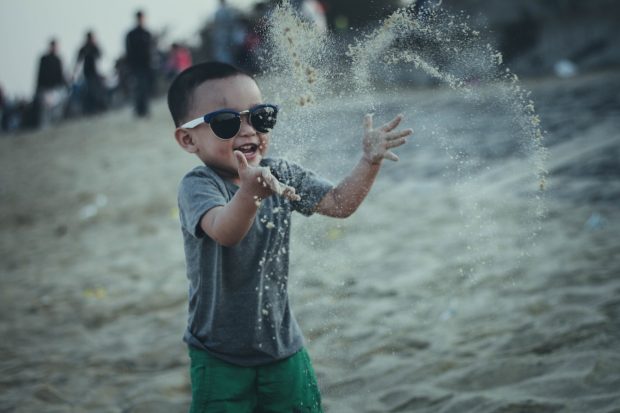
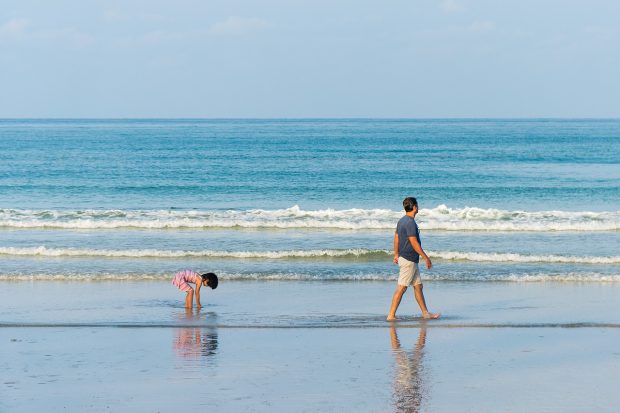
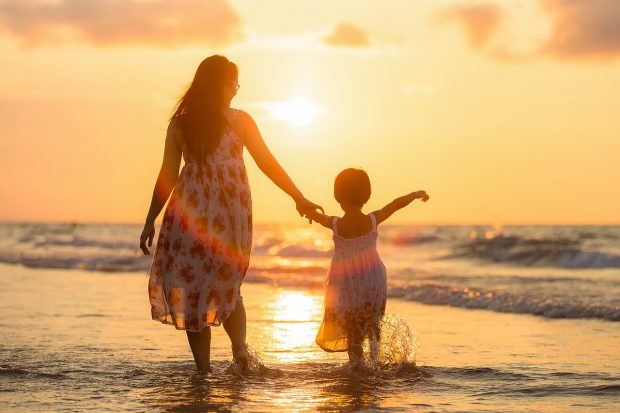

No comments:
Post a Comment